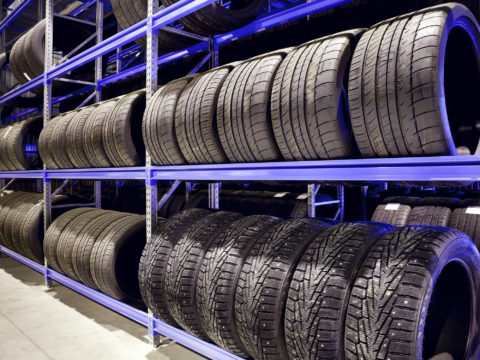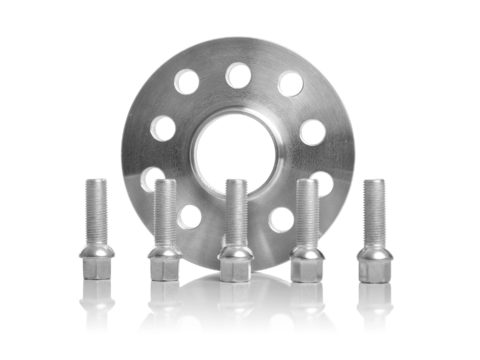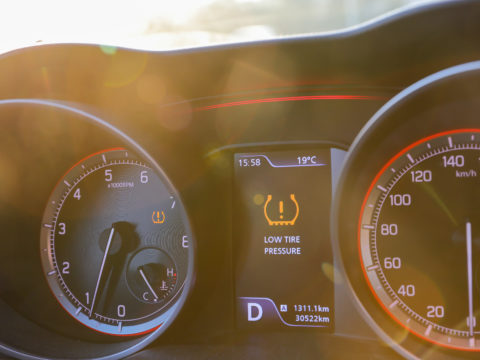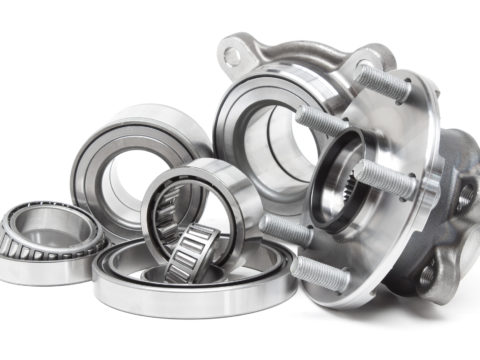We’ve all been there– driving along in the winter when we suddenly slip over a patch of hidden ice. To help warn us of the danger and adjust the braking system, the slip indicator light flashes on the dash. The moment passes, and it flips back off again until the next unexpected slide.
But what if the light stays on even after the danger has passed? A bigger issue is likely at play.
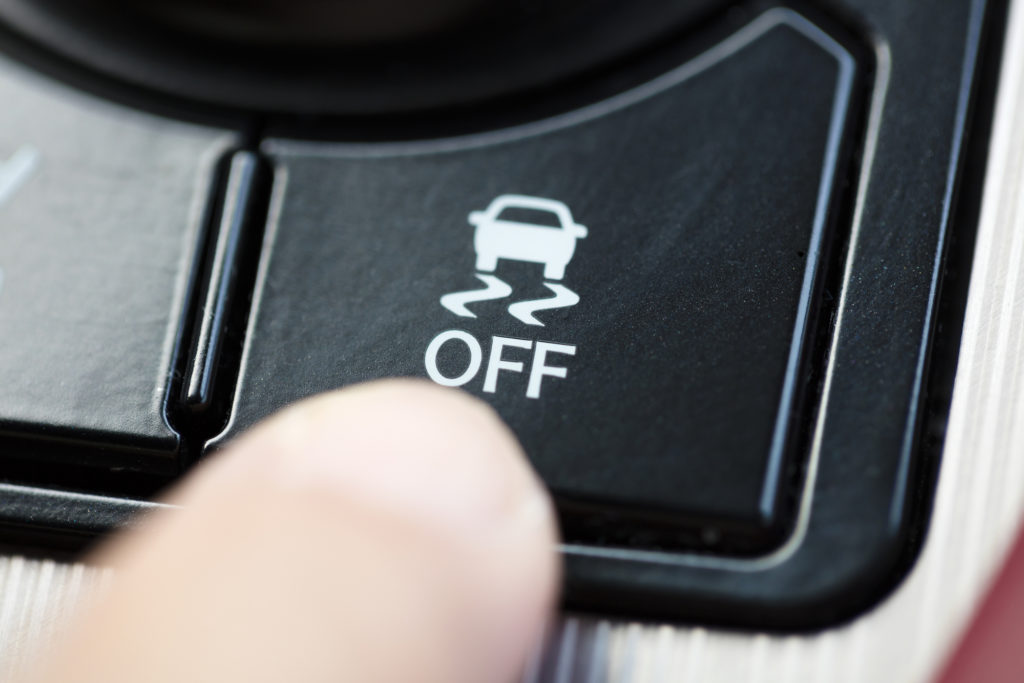
Contents
What Is a Slip Indicator Light in a Nissan?
A slip indicator light is a light that demonstrates your tires are losing traction on the road and are attempting to regain it. In a Nissan, it is located behind the steering wheel, within or just outside of one of the gauges.
The light may remain on when there’s low pressure in one or both of your tires. Faulty pressure can cause an accident, so you should always try to resolve the issue as soon as possible.
What Causes the Slip Indicator Light To Stay On?
There may be a few additional culprits behind your persistent light.
Let’s jump into the five major causes.
Broken Wheel Sensors
The leading cause is broken wheel sensors. What are wheel sensors?
These special sensors are also called anti-lock braking systems (ABS sensors). The job of the wheel sensor is to send data back to the powertrain control module (PCM). There is one located on each wheel.
When one tire travels at a different speed than the other tires, the sensor notifies the powertrain control that traction is gone. However, when a wheel sensor is broken, it could send back inaccurate information, resulting in the traction control system malfunctioning. If this happens, you might also see the slip light on the dashboard and the ABS warning light.
Is this serious? Yes.
If your Nissan has these issues, it’s essential to immediately fix them because they can cause severe damage to your vehicle if left unchecked for too long. The good news is that most wheel sensors are relatively inexpensive parts that anyone can replace with basic automotive knowledge.
Faulty ABS Rings
The ABS ring is a type of sensor used in the ABS. The purpose of this ring is to measure the wheel’s speed and transmit this information to the computer. When you apply brakes, it will determine if the wheel is rotating too fast or slowing down. If there is a problem with the ABS ring, it will not be able to decide how fast each wheel is spinning.
It’s important to note all sensors in the ABS depend on ABS rings.
And it doesn’t matter how well you maintain your car; every car will eventually need repairs. Unfortunately, when it comes to repairing cars, many things that are out of your control can go wrong.
Defective ABS rings can lead to significant problems, specifically with your car’s braking system, if they aren’t fixed right away.

Defective ABS Control Unit
The ABS control unit is located in the front of the vehicle and is considered one of the most vital parts. It’s responsible for monitoring the ABS sensors, responding to these signals, and controlling the brake pressure with the help of the ABS modulator.
The ABS control unit monitors all four wheels and responds by controlling each wheel based on its own feedback. This process helps in maintaining stability during braking and steering.
A defective ABS control unit is hazardous.
If any of these components are deficient, you will see malfunctioning or abnormal behavior from your vehicle’s ABS control unit. You should always check for any problems, such as a burnt smell or black smoke coming from under the hood or any unusual sounds coming from your vehicle’s ABS control unit, before taking it to a mechanic for testing or repair work.
Damaged Wiring
The ABS contains multiple wires, all of which need to be in peak condition to send signals back and forth. If there is a damaged or skimpy wire between the tire sensors and ABS control unit, you may see caution lights. These may include:
- A flashing brake light when you press on the brakes
- A flashing turn signal light (also known as “turn indicator”) when you turn right or left
- A brake light that remains on even when you release the brake pedal
- A turn signal light that stays on while turning
Most of the time, the slip indicator light is a warning that you have a flat tire and should take your car to the shop for repair.
If you put on a tire wrong or have a damaged valve stem, the slip indicator light will stay on. The same goes if you have a problem with your tire pressure monitoring system (TPMS) sensors or wiring harness.
Fortunately, there are some simple things you can do to troubleshoot your car’s tire pressure sensor system before calling a mechanic.
How Do You Fix a Slip Indicator Light On a Nissan?
If your car is equipped with ABS, this will be displayed on the dashboard. But first things first, if you’re new to cars, here’s a quick beginners guide before you pop the hood and get flushed with surprises.
Fix 1: No Fix Needed!
To turn off the slip light, you must figure out where the fault is. If the light comes on and turns back off, you are probably just driving on a slippery road, and the system is running as it should.
Fix 2: Replace Wheel Sensor
If the slip light is on because of a bad wheel sensor, it will need to be replaced. The typical tire sensor repair cost is up to $250, including labor. Before trying that, you may be able to get away with disinfecting the sensor and placing it back in the car.
The best way to avoid this problem is by keeping track of how much air you’re using in each tire and checking for leaks around your car’s wheel wells and undercarriage.
Fix 3: Get New Wiring
If you look and the sensor is not the problem, check to see if all the connections are worn out. If they are, you will need to find the appropriate wires and replace them.
Fix 4: Visit Your Local Nissan Dealership
Before doing any of this, there’s a possibly faster solution – the dealership!
If you don’t feel comfortable under the hood and still notice things wrong with these areas, take the vehicle back to your local Nissan dealership immediately for repair or replacement.
Is It Safe To Drive With the Slip Light On?
If your slip light is turning on and off and you’re traveling along a road that’s slippery, you shouldn’t worry. It’s doing its job!
But if the light stays on, you should exercise caution while driving. You’ll be fine to take the car in for repairs, but avoid long trips, don’t speed, and avoid hazardous weather conditions like rain, snow, and ice. If the cause is a pressure issue, it can make driving more dangerous.

